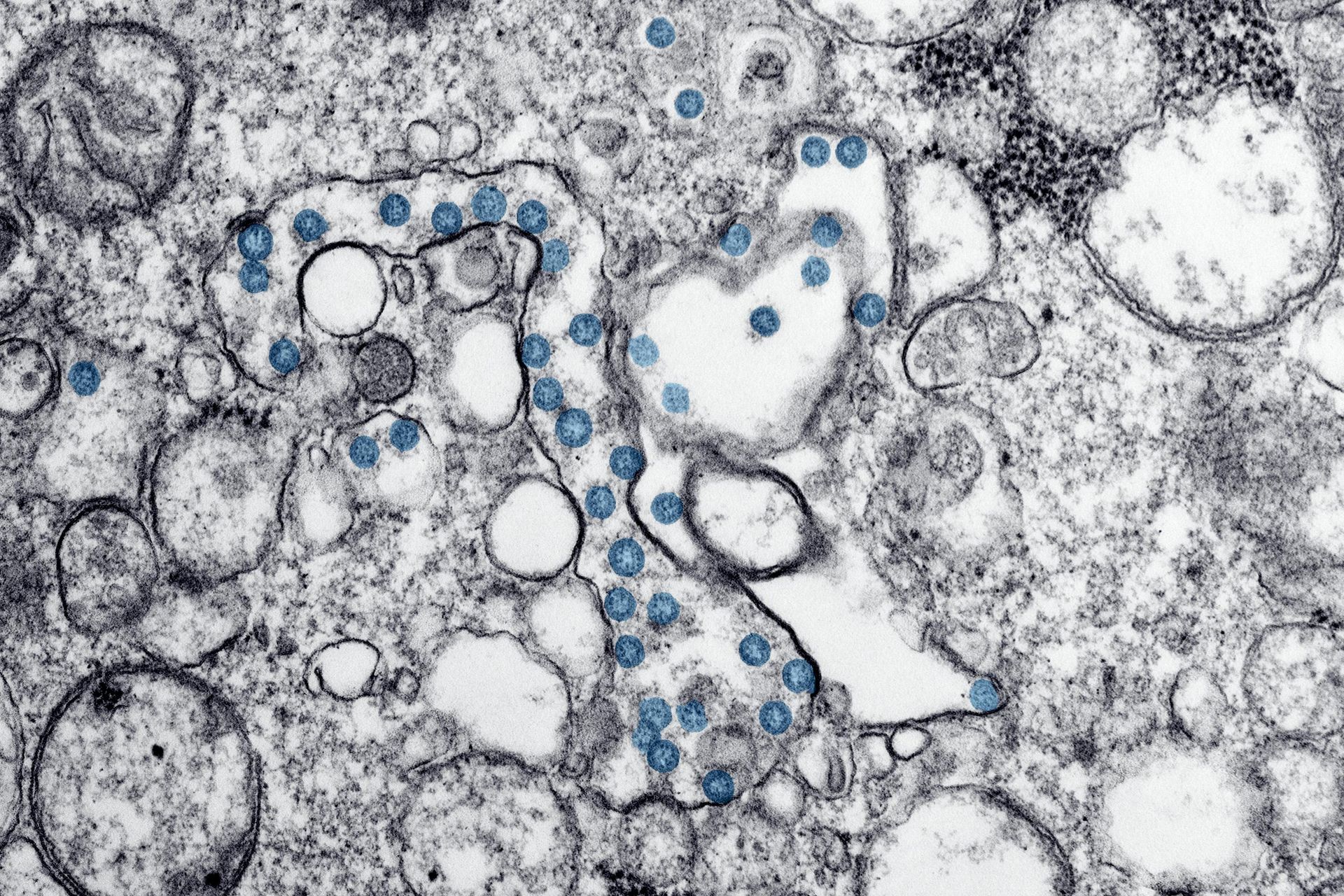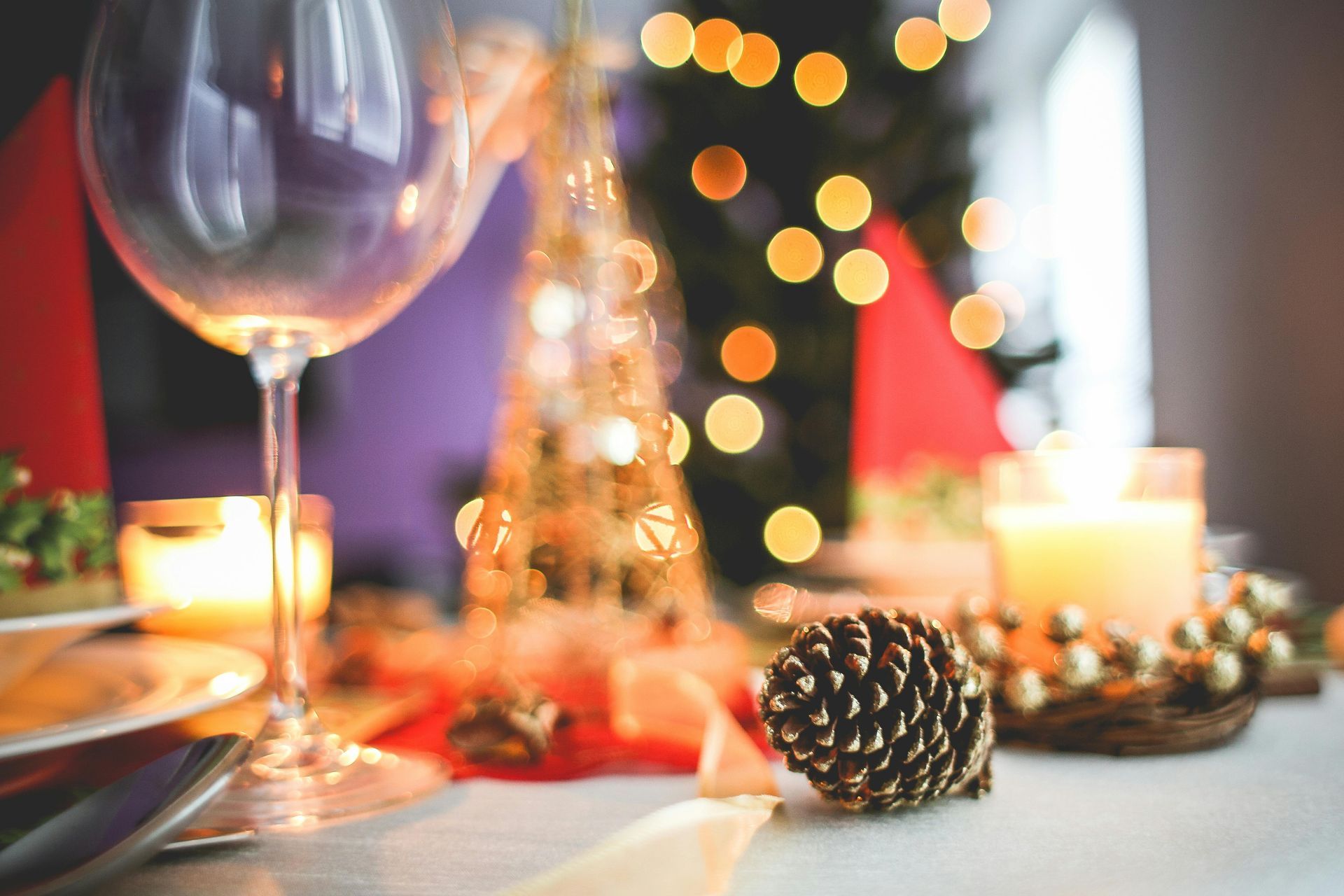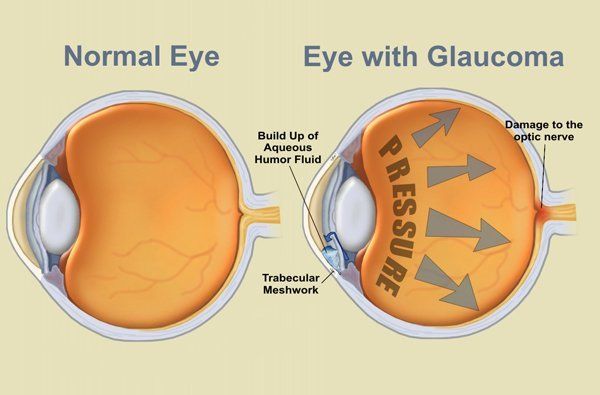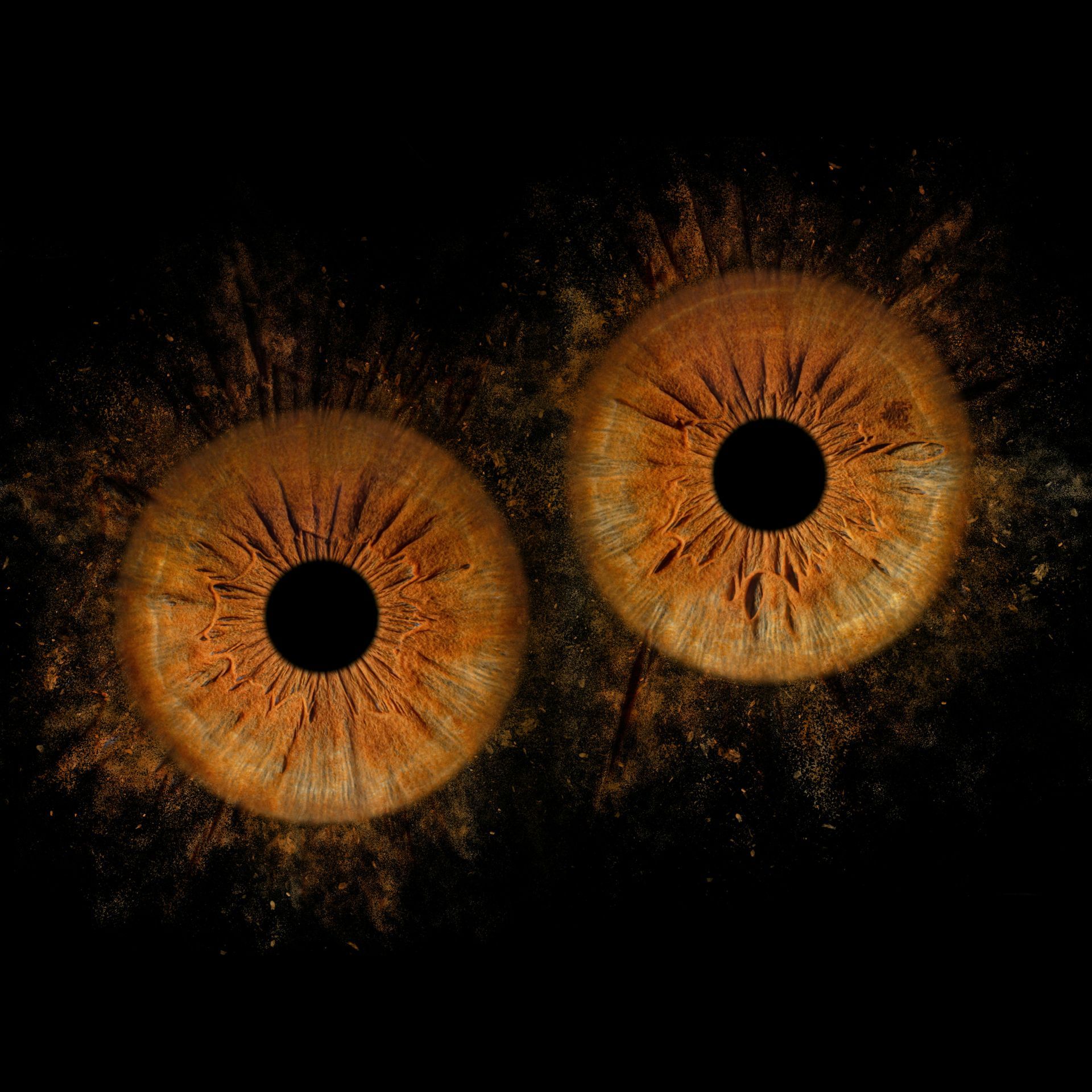the good doctor on: Myopia Control for Children
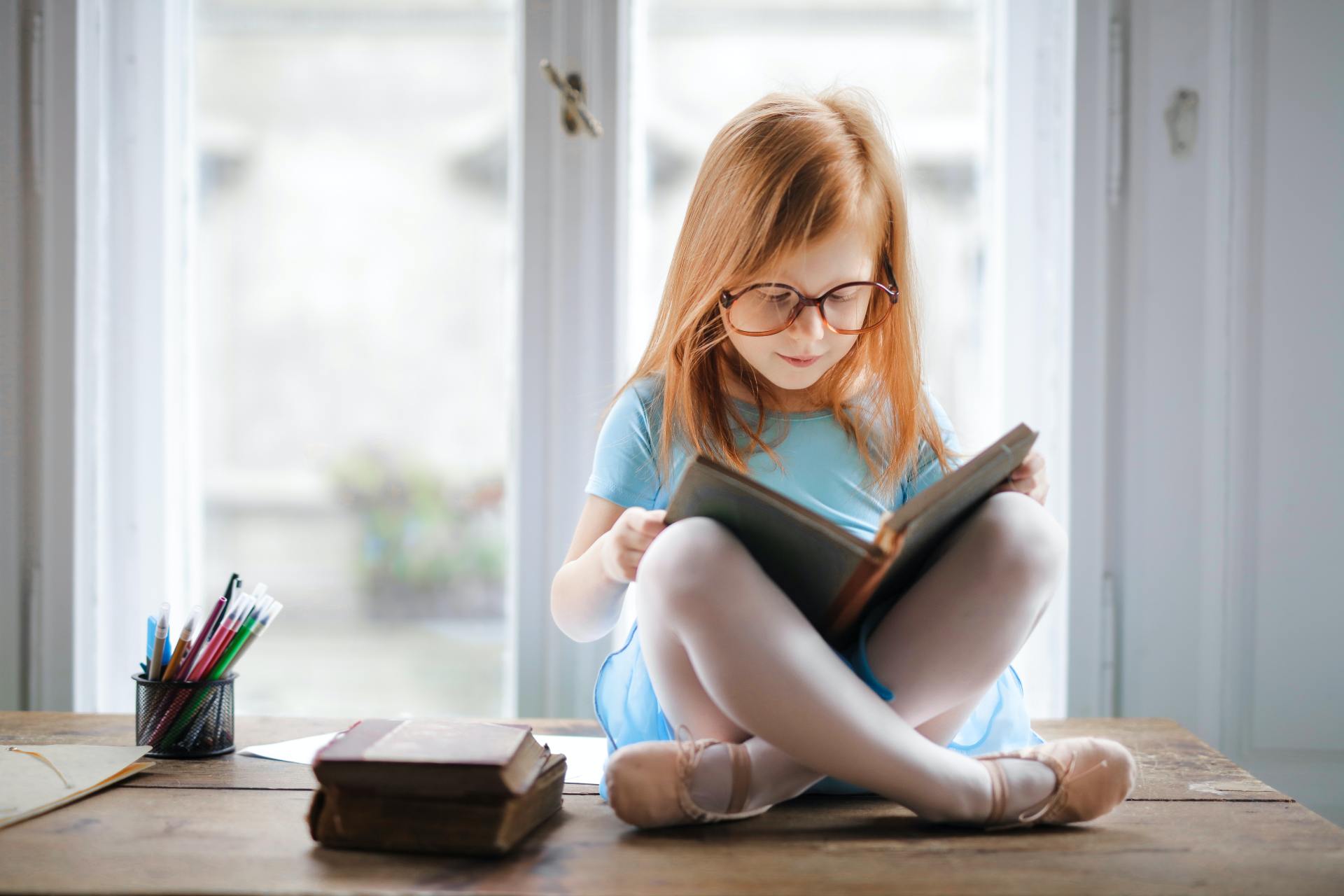
Blog #17, Part 3, Myopia control
for your child?
This week we will discuss near-sightedness, otherwise known as myopia. It is a condition of the eye where the focal point is too short for the length of the eye. In the past few years there has been a considerable increase in the incidence of myopia in the world. Myopia can be passed on from your parents. If you wear glasses, chances are good your child will also need glasses at some point. Though if you don’t wear glasses, your child can still develop myopia . Regular eye exams are important as your child grows. Myopia can start in early child-hood, increasing in magnitude even to the mid-twenties. Severe myopia can be a big problem, with increased incidence of retinal detachment, debilitating dependence on optical corrections, and even making it less likely for future laser correction. The increased incidence of myopia, and its consequences have driven a lot of recent research in trying to slow down the development of myopia.
There are presently four accepted ways to slow myopia, some are better than others. First, myopia-control spectacle lenses with off-centre defocus can help, as long as the child’s eyes stay aligned with optical centre of the lens. Second, there are orthokeratology lenses, a type of hard contact lens that are worn at night only, correcting myopia and creating peripheral defocus zones that are always centred , unlike spectacles. Third, there are atropine drops at a very low concentration (made by a sterile compounding pharmacy), which are quite effective in slowing the condition. And lastly, soft contact lenses with a distance-centre multifocal that are worn all day long. The last three are very effective, with up to 30-40 % reduction in myopia, depending on the child and their age. What is really interesting is that a combination of two of these, simultaneously, can produce a cumulative effect, even up to 45 % in some cases. A word of caution here- Noel Brennan et al. have gone over these studies and found that they use absolute percentages which are likely to be unrealistic, and advise that future studies are needed to attain more conclusive relative percentages.
Where does all this leave us? The final numbers may not be as high as reported, but there does appear to be sufficient evidence to support these interventions. The optimum time for help is in the 7 to 15 year old range and the best method to use depends on the child and the family situation. Best to have your child’s eyes checked early and regularly to catch any trends and ensure that treatment can be given during these years. Do your research and when you see your optometrist ask a lot of questions.
Til next week,
The Good Doctor, Dr. Mark Germain, Burlington Optometrist

